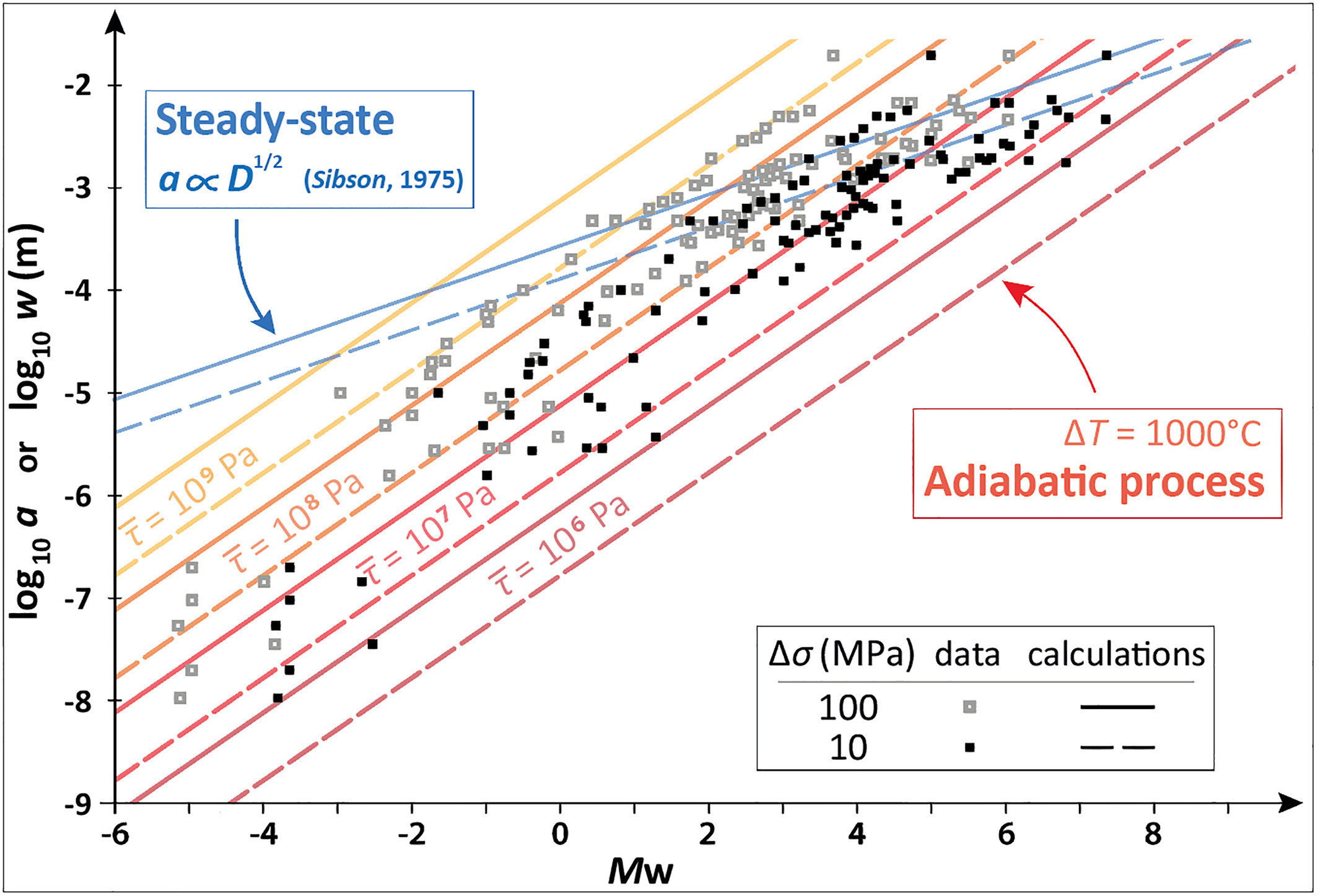Surface Displacement vs. Earthquake Magntidue
This answer presumes that you are looking for a relationship between earthquake displacement and earthquake magnitude. I think what you are looking for the following:

From Wells and Coppersmith, 1994. This is a well cited, though still controversial reference. https://pubs.geoscienceworld.org/ssa/bssa/article/84/4/974/119792/New-empirical-relationships-among-magnitude
So yes, there is some relationship between displacement and earthquake magnitude, albeit with a lot of uncertainty.
Some important notes and caveats
The word deformation carries a broader meaning than displacement. Deformation describes spatial gradients of displacement everywhere, not just on a fault. Displacement has a more specific definition: the relative motion measured in meters, for example, across a fault.
This relationship above is averaging displacement over the fault. So it may not be easy to reconstruct a magnitude from a single observation in the geological record.
It can be difficult or impossible to know from the geological record whether displacement occured in a single earthquake or many. Relatedly, not all fault displacement results in an earthquake.
The is some physical basis for these relationships related to the definition of earthquake moment in terms of fault displacement, area and shear modulus. You can refer to Kanamori and Anderson, 1975 for a very good (albeit detailed) explanation: https://pubs.geoscienceworld.org/ssa/bssa/article/84/4/974/119792/New-empirical-relationships-among-magnitude

